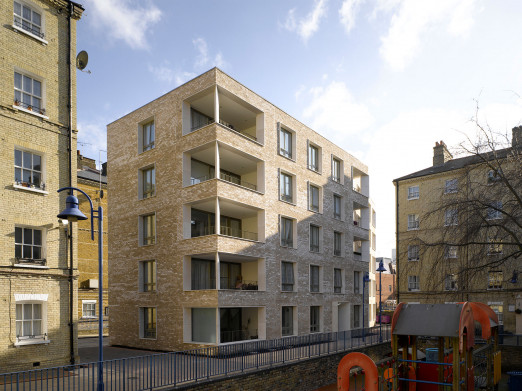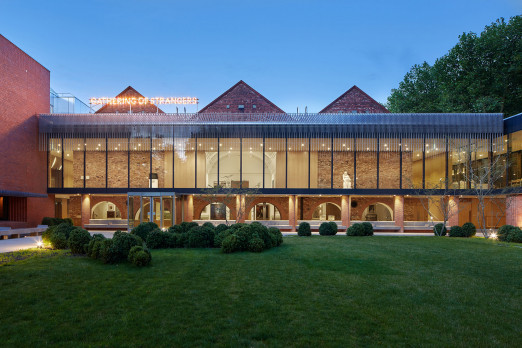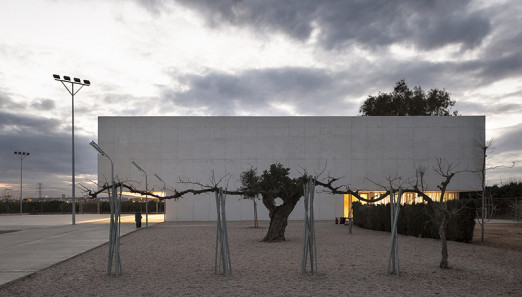Brick is one of the most ancient and familiar building materials known to man, its strength, character and flexibility continue to attract architects working on innovative contemporary buildings.
Today architects increasingly recognise that bricks have extremely positive qualities. As compact, modular building blocks, bricks offer limitless flexibility to architects who want to be distinctively sculptural, textured or patterned buildings.
It is the overwhelming preference for brick in domestic architecture that accounts for its ubiquity in our living environments. Time after time polls reveal the housebuyer’s preference for brick but we can also see evidence of its use for the positive advancement of urban design.
The annual Brick Awards celebrate excellence in brick architecture and design, and last year’s ceremony paid tribute to some incredible projects which used brick. One notable building which was honoured was the much-anticipated refurbishment and extension to the Whitworth Art Gallery in Manchester. The public space demonstrates a masterful grasp of proportions, design and scale by the MUMA architects. The private garden adjoining a busy street is an oasis of calm and contemplation. The building is unashamedly modern but because of the use of brick and scale, it fits into the Manchester architectural environment seamlessly, with exceptionally high brickwork quality.
Another Brick Award winner that had strong impact on the architectural community was Darbishire Place in east London. The Whitechapel-based social housing block offers a reinterpretation of classic masonry, built in place of an original Victorian Peabody building which was damaged during World War II. The block brings a modern, re-energised feeling to the area.
The block was built to fit effortlessly into the surrounding area, whilst maintaining a priority for creating an affordable environment. The building is simple and direct, yet there are moments of architectural delight which become apparent. For instance, the window surrounds subtly project and taper precast architectural stone trim, and bring sensitive articulation to what would otherwise be a less interesting building. This is a fine example of a well-executed residential development, firmly rooted within the London Vernacular. It repairs a part of London’s streetscape damaged through World War II, and in that respect, follows a pre-determined role within a wider street grain of similarly-sized building blocks of similar rhythm, scale and articulation.
"Its versatility makes brick an ideal material to be creative and in particular allows young architects to express modern concepts while retaining a link to the historic British vernacular."
Developments in technology are allowing architects to use brick in new and inventive ways, while still harkening back to traditional craft methods. Patterned facades, soaring arches and sturdy walls are all features of brick that make it versatile and beautiful.
Brick is continuing to increase its profile and the UK is seeing excellent brick buildings taking shape. It has been surprising and very refreshing to see how brick is being used softly and innovatively as well as being robust. Its versatility makes brick an ideal material to be creative and in particular allows young architects to express modern concepts while retaining a link to the historic British vernacular. Its additional safety credentials – as a fire retardant material with inherent strength – allows architects to focus on the designs without having to worry that they are compromising on safety.
2016 will only see further development in the variety and increase in the use of brick in all varieties of projects, as new clays and different firing techniques are explored. Brick will continue to inspire architects to use it in hugely different ways, making each brick building unique.
If a single material can successfully realise ground-breaking contemporary design, deliver durable performance and even contribute to social cohesion, it is any wonder that brick remains the first choice for building design?
 Michael Ankers
Michael Ankers
Chairman of the BDA.
You may also like:
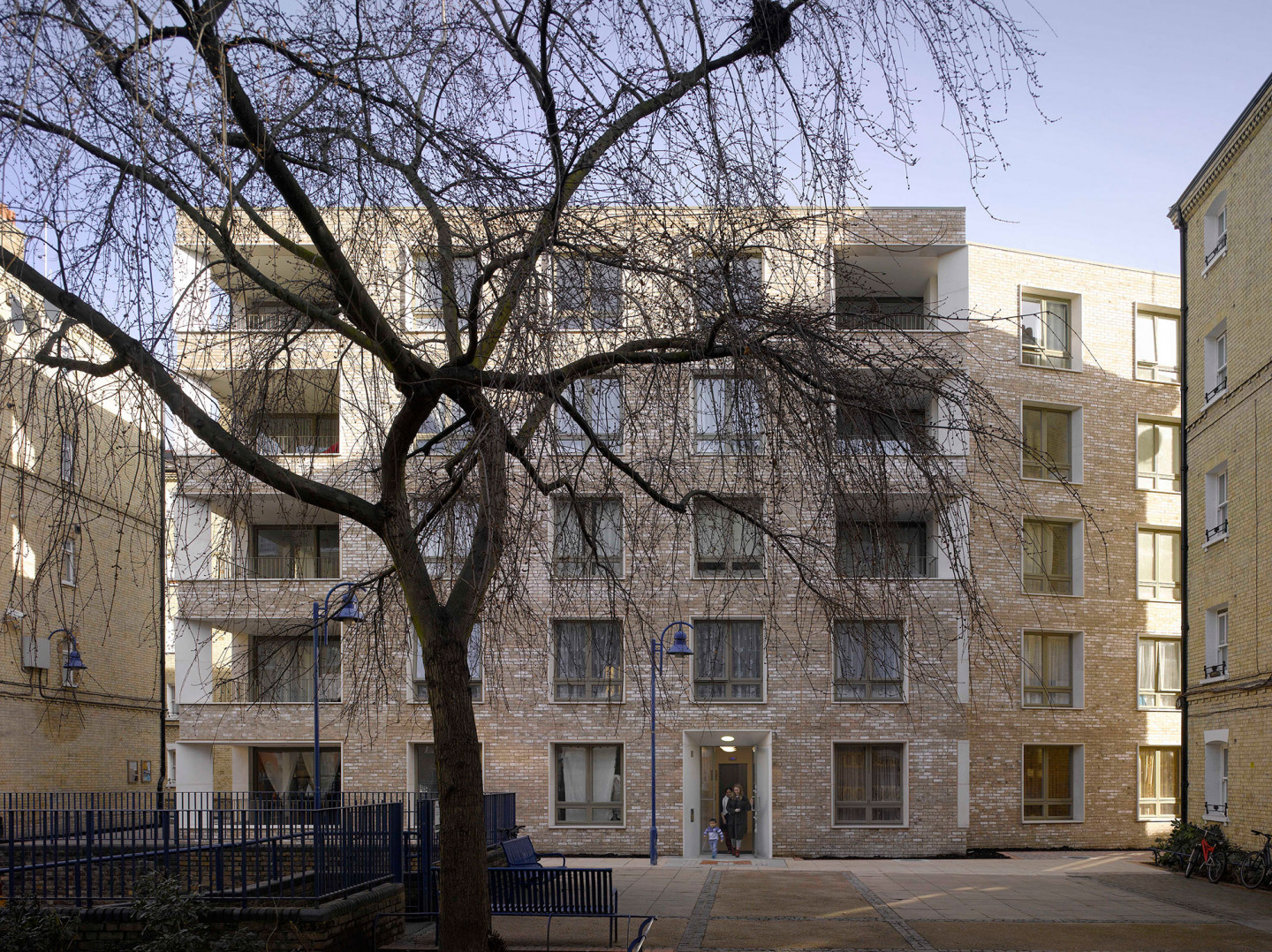
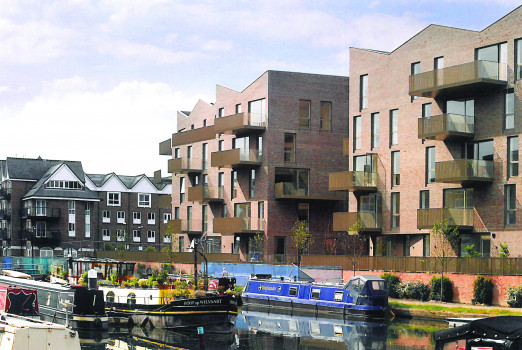

.jpg)
